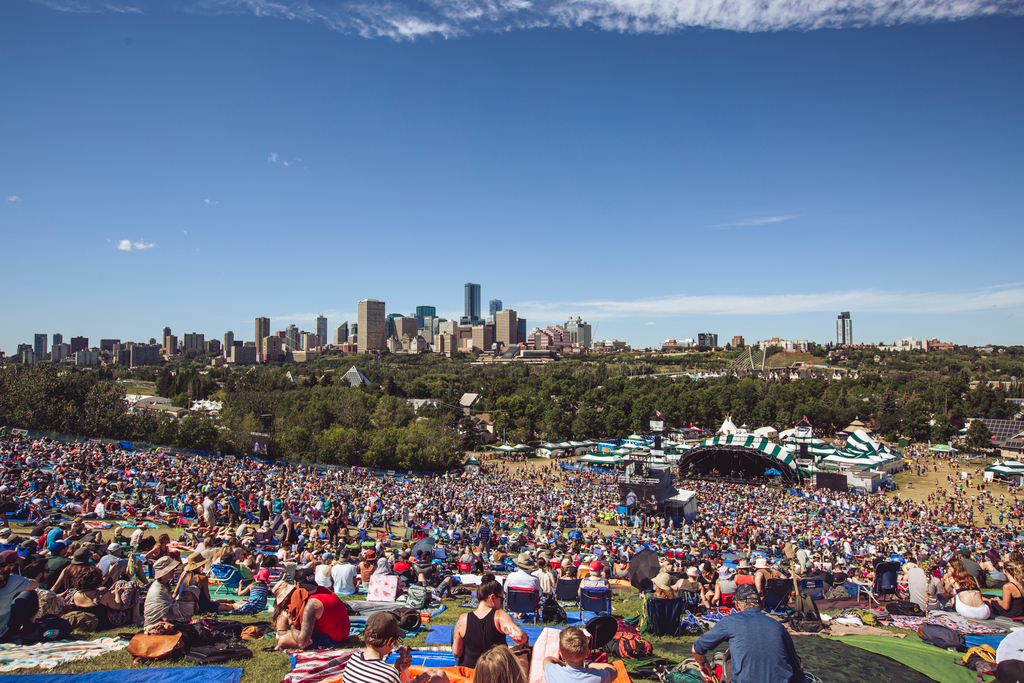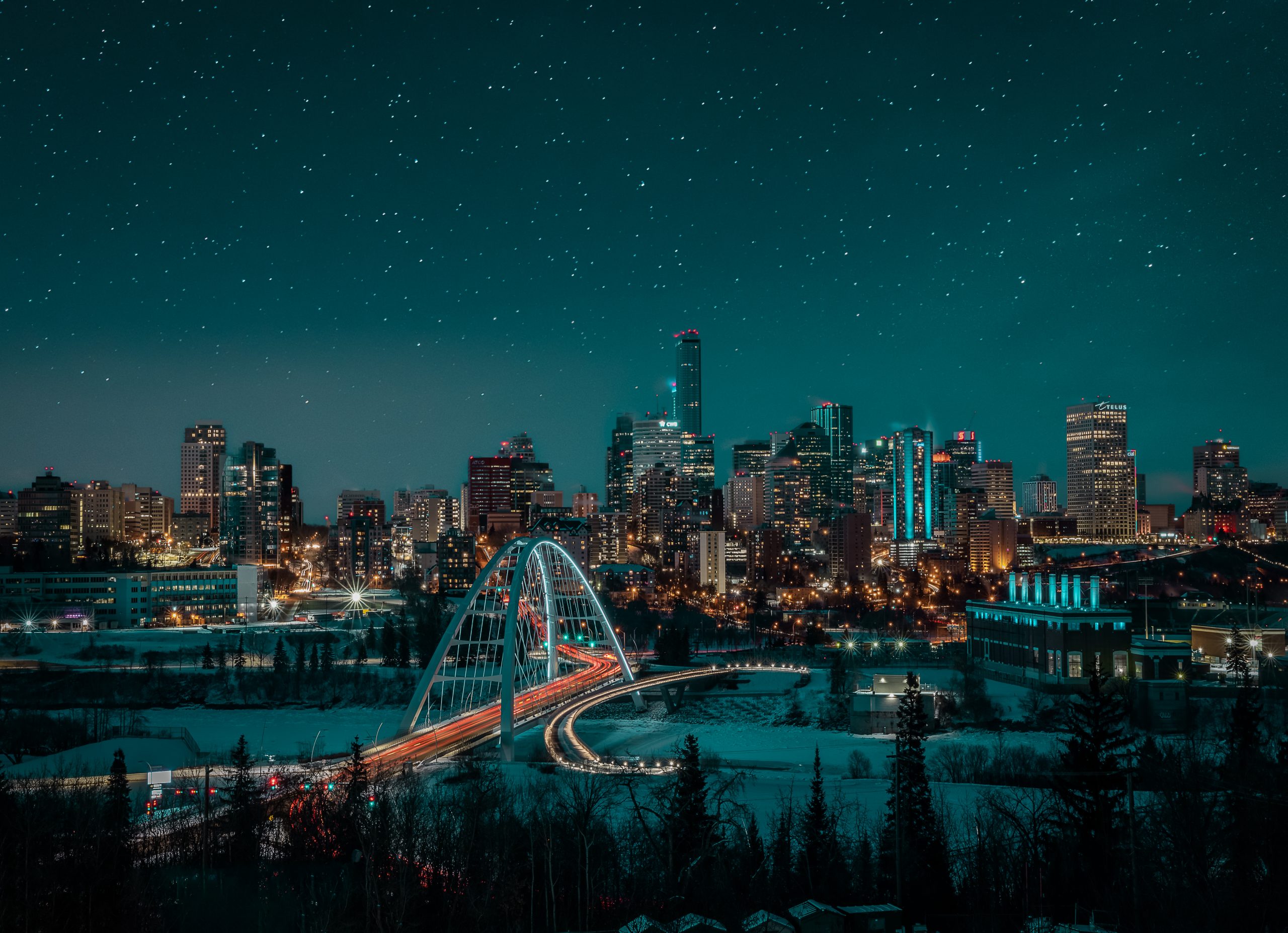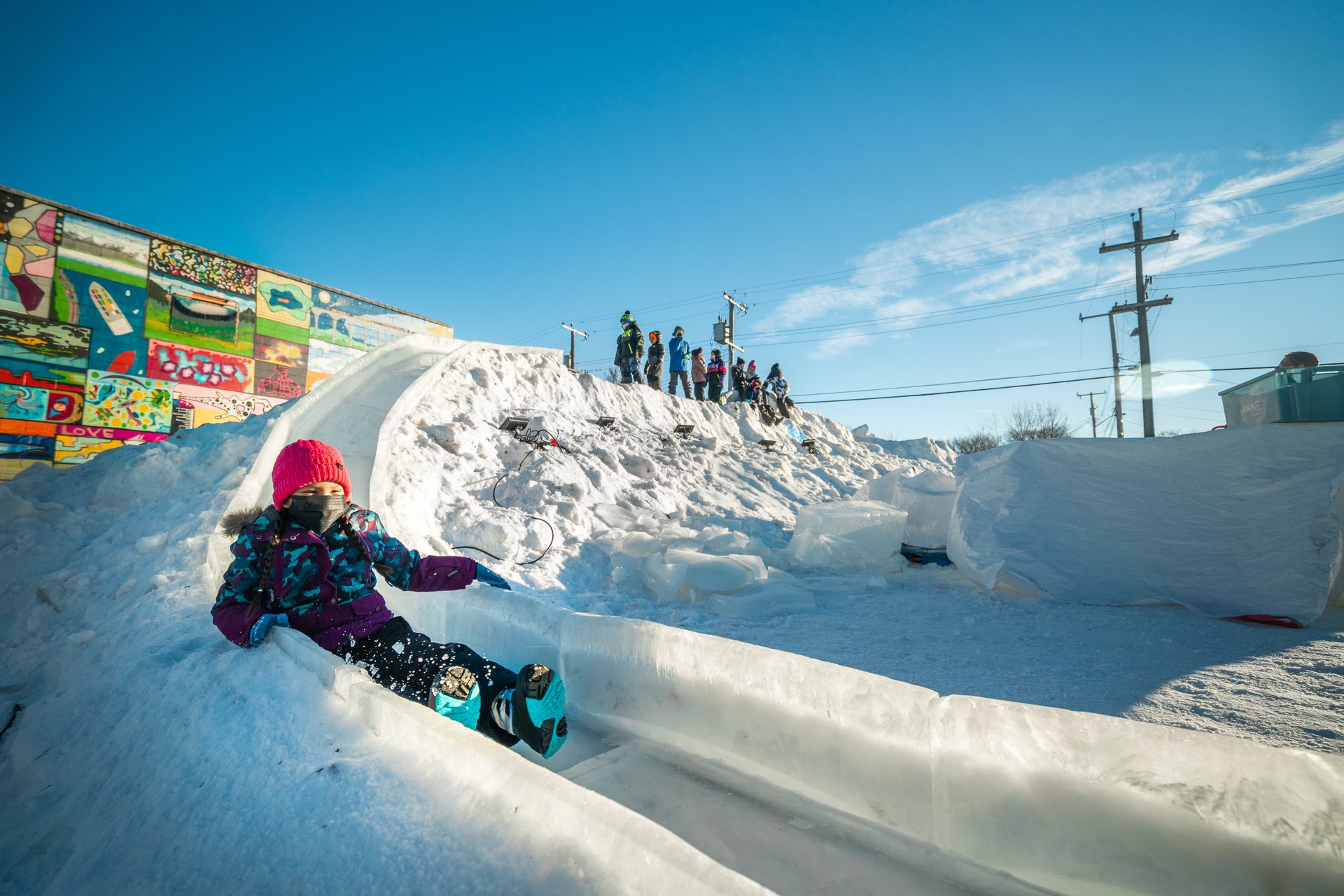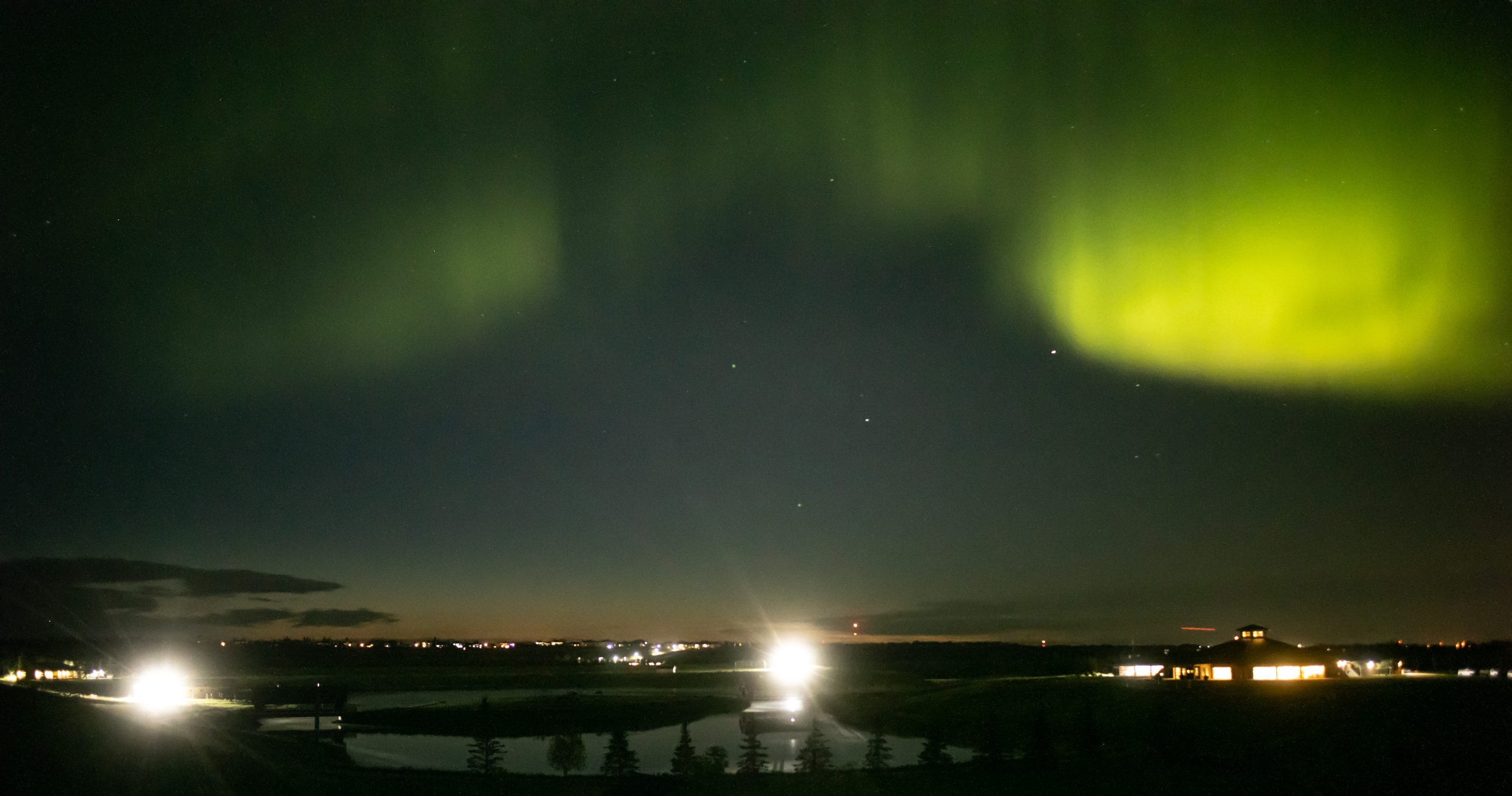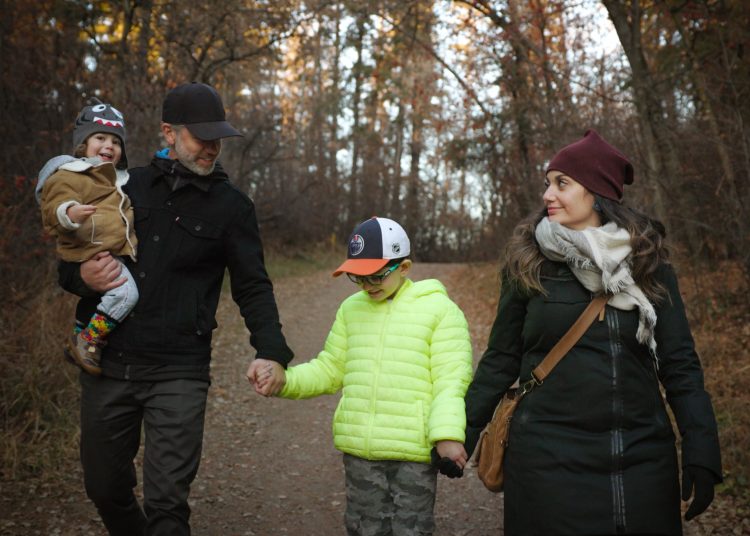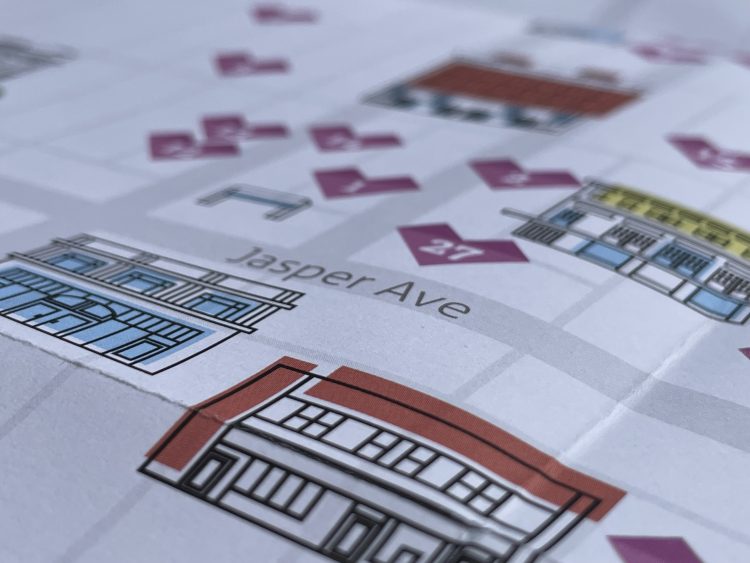“Big sky, open sun, early morning Edmonton.”
So sings Halifax musician Rose Cousins on Edmonton(external link). It’s a bittersweet roots-folk ditty from her 2006 album, If You Were for Me. She started writing the song during her first visit to the city.
“I woke in a hotel room and opened the curtains to see what became the first line—’big sky, open sun,’” says Cousins. “It was such a different sensation to be able to see so far, so clearly, and it immediately stood as the metaphor for the relationship struggle I was reflecting on.
“I couldn’t believe how much sky you could see all at once. I finally understood the connection people born in the prairies have to the open space. I feel that way about the ocean.”

